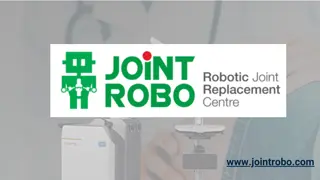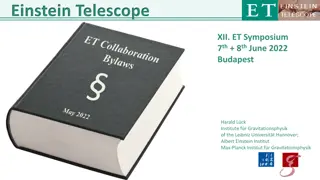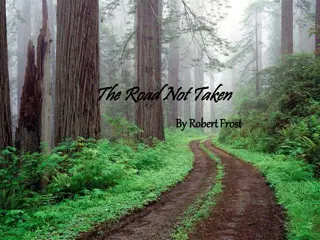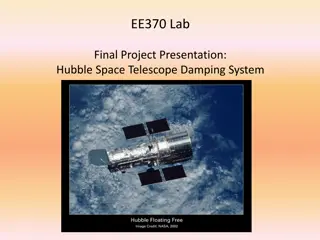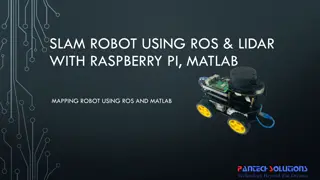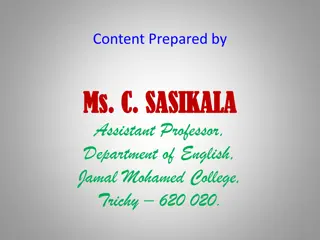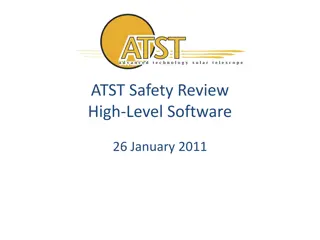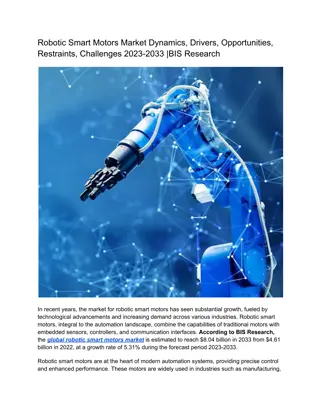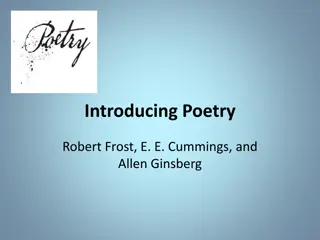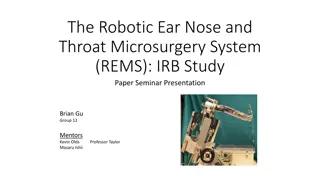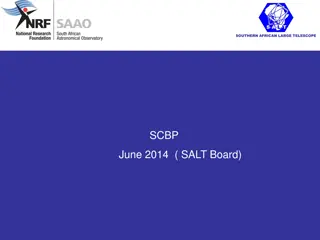Flagstaff Robotic Survey Telescope (FRoST) Software by Michael Rynders
This showcases the Flagstaff Robotic Survey Telescope (FRoST) Software developed by Michael Rynders in collaboration with Dr. David Trilling and Northern Arizona University. The software aids in automatically observing near-Earth asteroids, assessing impact risks, and prioritizing observations based on various factors. The goal is to enhance efficiency in asteroid monitoring and improve our understanding of these celestial bodies. Powered by a 0.6m Schmidt Telescope, FRoST enables rapid observations and follow-ups, contributing to NASA's efforts in asteroid detection and tracking.
Download Presentation

Please find below an Image/Link to download the presentation.
The content on the website is provided AS IS for your information and personal use only. It may not be sold, licensed, or shared on other websites without obtaining consent from the author.If you encounter any issues during the download, it is possible that the publisher has removed the file from their server.
You are allowed to download the files provided on this website for personal or commercial use, subject to the condition that they are used lawfully. All files are the property of their respective owners.
The content on the website is provided AS IS for your information and personal use only. It may not be sold, licensed, or shared on other websites without obtaining consent from the author.
E N D
Presentation Transcript
Flagstaff Robotic Survey Telescope (FRoST) Software Michael Rynders Dr. David Trilling Northern Arizona University
Acknowledgments Dr. David Trilling Dr. Nadine Barlow Kathleen Stigmon Dan Avner NASA Space Grant 2 Michael Rynders
Near Earth Asteroids Impact risk Hard to see Fast Uncertain orbits From Paul Chodas, AMNH 02/15/2013 3 Michael Rynders
Flagstaff RObotic Survey Telescope (FRoST) Dan Avner 0.6m Schmidt Telescope Located at Anderson Mesa ~20th Magnitude 1 deg2Field of View Rapid observations and follow-ups 4 Michael Rynders
The Goal - Automatically Observe Objects List of best targets and their locations to observe hourly This Code cneos.jpl.nasa.gov Sorted List NASA Database Filter Calculate time until lost Calculate needed observations Rank Priority Objects Sorted list FRoST 5 Michael Rynders
Finding One Asteroid 6 Michael Rynders
Priority Ranking Considered Factors Too many observations Impact Chance Already observed by FRoST Brightness Too many frames needed Size Lots of days left to observe Uncertainty Adjustable Algorithm 7 Michael Rynders
Summary Improves Efficiency Better understanding of Asteroids Adjustable Pilot Program 8 Michael Rynders
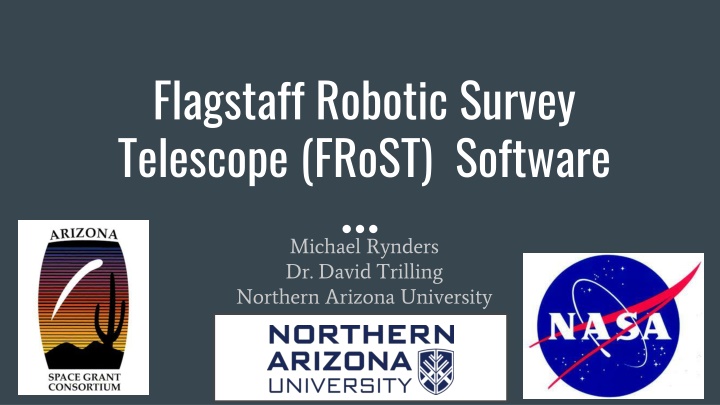

![get⚡[PDF]❤ The Hubble Space Telescope: From Concept to Success (Springer Praxis](/thumb/21514/get-pdf-the-hubble-space-telescope-from-concept-to-success-springer-praxis.jpg)
![❤[READ]❤ Robotic Exploration of the Solar System: Part I: The Golden Age 1957-19](/thumb/21623/read-robotic-exploration-of-the-solar-system-part-i-the-golden-age-1957-19.jpg)



